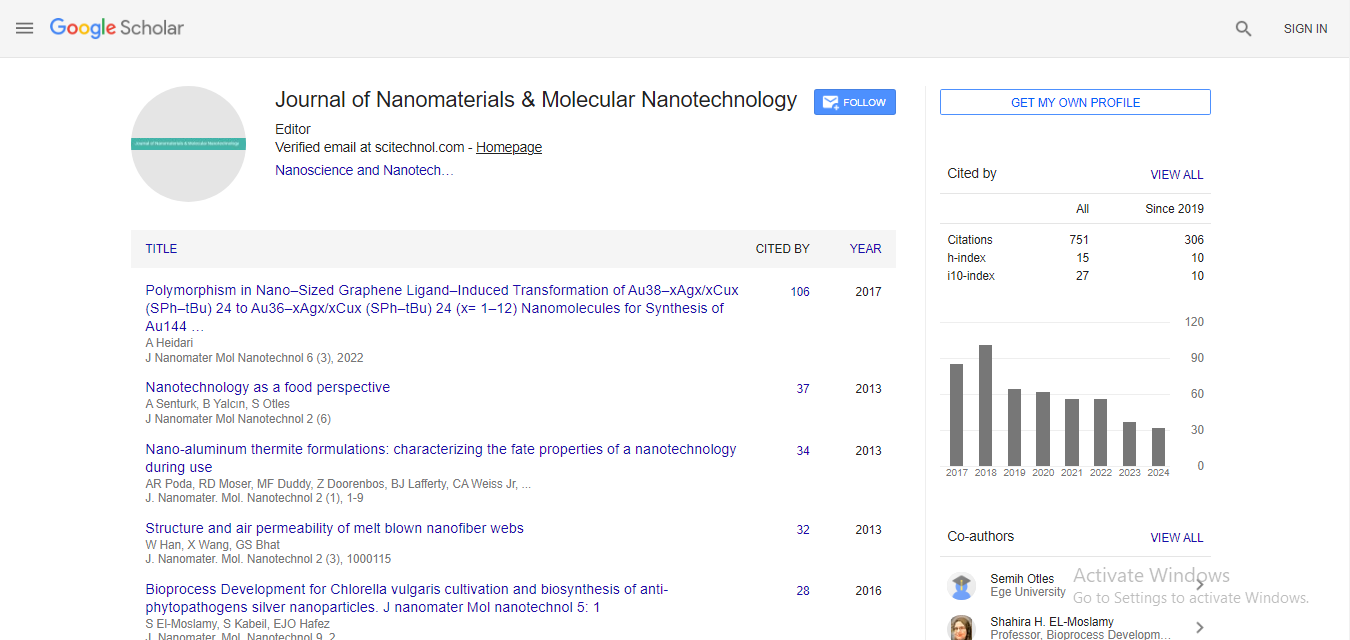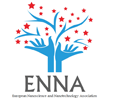Emerging group IVA-VI 2D metal monochalcogenides isolation properties and applications
Abdus Salam Sarkar* and Emmanuel Stratakis
Foundation for Research and Technology -Hellas, Greece
: J Nanomater Mol Nanotechnol
Abstract
Recently, low crystal symmetry and structural in-plane anisotropic orthorhombic group IVA-VI metal monochalcogenides (MMCs), chemical formula MX (M=Si, Ge, Sn and X=S/Se) with an uniquely distorted layered structure has emerged as a novel electronic quantum material for next generation electronics, photonics and quantum optics. [1, 2] Among them earth abundant tin (II) and germanium (II) monosulfide (SnS & GeS) has sparked as a rising star material due to its rich fundamental physics and anisotropic optical, electrical, and mechanical responses. [1] However, the isolation of electronic grade, ultrathin layer of SnS and GeS has been significantly challenged to explore the fundamental physical properties and its applications due to its strong interlayer forces originates from active lone pair electrons. Here, I will present a simple approach to prepare large area, ultrathin (as thin as two of monolayers) SnS sheets through a sonication assisted exfoliation process. The isolated SnS nanosheets were verified with various microscopic and spectroscopic techniques, which confirmed an ultrathin layer (mono- /bi-) with high crystallinity (Figure 1). The SnS nanosheets exhibited an intriguing optical responses in terms of photonic applications. [2] Further, the thin layer of SnS nanosheets were employed as an interlayer in perovskite solar cells for an efficient charge carrier extraction. The fast charge carrier extraction leads to the power conversion efficiency more that 19%, which was verified with an ultrafast spectroscopy. [3] Moreover, the dispersion behaviours of MMCs inks were elucidate for solution processable electronic applications. [4] Statement of the Problem: Women who have experienced intimate partnerviolence (IPV) are at greater risk for physical and mental health problems including posttraumatic stress disorder (PTSD) and alcohol dependency. On their own IPV, PTSD and alcohol dependency result in significant personal, social and economic cost and the impact of all three may compound these costs. Researchers have reported that women with these experiences are more difficult to treat; many do not access treatment and those who do, frequently do not stay because of difficulty maintaining helping relationships. However, these women’s perspective has not been previously studied. The purpose of this study is to describe the experience of seeking help for alcohol dependency by women with PTSD and a history of IPV in the context in which it occurs. Methodology & Theoretical Orientation: An inter subjective ethnographic study using hermeneutic dialogue was utilized during participant observation, in- depth interviews and focus groups. An ecological framework was utilized to focus on the interaction between the counselors and the staff to understand this relationships and the context in which it occurs. Findings: The women in this study were very active help seekers. They encountered many gaps in continuity of care including discharge because of relapse. Although the treatment center was a warm, healing and spiritual place, the women left the center without treatment for their trauma needs and many without any referral to address these outstanding issues.
 Spanish
Spanish  Chinese
Chinese  Russian
Russian  German
German  French
French  Japanese
Japanese  Portuguese
Portuguese  Hindi
Hindi 



